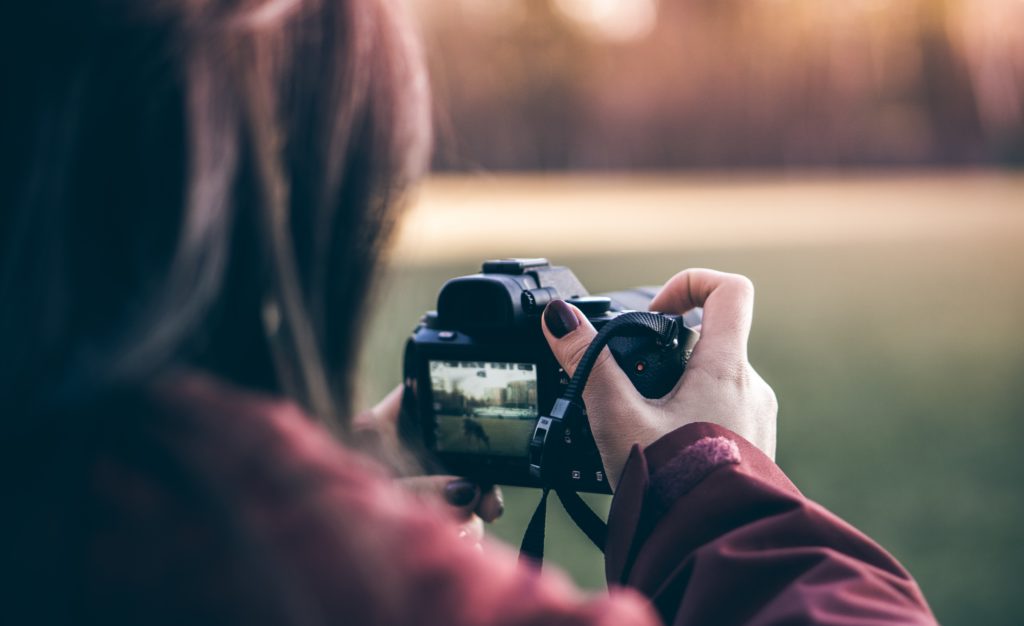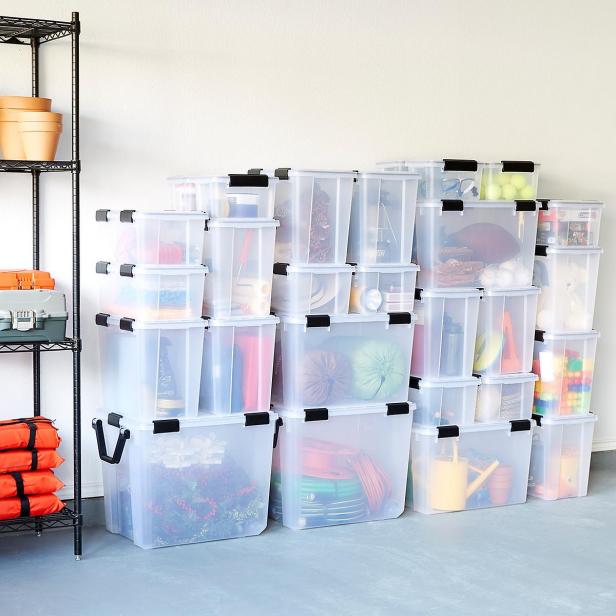Today we complete the list with additional tips. You will therefore no longer have an excuse to leave your device gathering dust at home. Of course, everyone is different and we all have our own way of seeing things. So while these tips aren’t foolproof, they’ll help you get a fresh perspective, get the most out of the features of your device and its accessories, and ultimately get you out of trouble.
1. Work in new places
It may seem obvious but unconsciously, we tend to always go to the same places to do photo shoots. And the worst thing is that we always make the same compositions, just because once, we produced grandiose works, of which we were very proud. But you never thought that there were more attractive settings or points of view ? Lie on the ground or climb on a rock, in short, whatever you want to change your perspective!
Look for new locations for your photo shoots, whether landscape or portrait based. The idea is to work in another place to find new ways to compose your image. Take a good look at your latest creations and you will see that your compositions are undoubtedly very similar, if not the same, even having changed location.
Take the risk of choosing places that are a priori unattractive. It can happen to think like this when we practice urban photography, because of the environment we find or the objects that surround us. We end up completely ruling out the possibility of working in these places. However, we advise you to do some scouting and some tests of the place in question before eliminating it. You can always get rid of the photos you don’t like.
2. Take an interest in posters, advertising…
To overcome a creative block, we must pay attention to the details that surround us. The little things that make up a place are what make it great, so why not pay more attention to them?
Feature posters and advertising found on the street or use them as simple elements of the composition, as well as neon lights or any other object that can help you improve a place, or even a portrait. But above all, look for simplicity. No need to overload the composition with a whole bunch of elements. Get closer or extend the zoom of your lens to only focus on important details.
If you practice this technique, your eyes will eventually be trained and you can almost intuitively observe the most salient and important details of a site, so your creativity will be limitless. In these cases, you will absolutely have to take into account the negative space of your compositions.
3. Shoot the same scene all year round in different seasons
A very simple way to overcome a creative block is to find a location and photograph it for an entire year, then compile from all the photos taken. Either something comparable to a time-lapse but bigger. For outstanding results, the ideal would be to work in a place with vegetation to be able to appreciate the passage of time. Shoot the same scene all year round, at different seasons and times.
4. Use new settings
There are several ways to achieve the same exposure in a photo, by playing with the camera settings. There are three pillars that make up the exposure triangle: ISO sensitivity, aperture, and shutter speed. We will obtain one result rather than another, depending on the configuration of each of these pillars. But what is certain is that we tend to give more importance to one parameter than to another when we should take them into account as a whole to really get the most out of the scene we in front of you.
You are abusing the aperture of your lens much more than the shutter speed. Not to mention the ISO sensitivity! This parameter that we forget almost all the time… What is certain is that controlling the aperture of your lens will open many doors for you and make your job easier when working on the sharpness of your cliches. The more light you get, the better your images will show. And you will also need to better control the depth of field of your shots. Go for the lens!
But the diaphragm opening is not a value that can be used to its maximum. Thus, when you opt for longer exposure times than usual, you run the risk of seeing your image overexposed.
Get out of your comfort zone and give more importance to the parameters that you usually relegate to the background. If you never change ISO sensitivity, for example, experiment with different values, especially at night, and you’ll see how much your photos will change.
5. Practice minimalist photography
Minimalist photography is based on compositions that seem very simple but which nevertheless retain a very strong message and which immediately attract attention. The combination of colors, angles and perspectives makes this discipline one of the best opportunities to overcome a creative block. But beware: not all compositions are created equal to give good minimalist photos. It is essential to train your eyes and make the most of your tools to create a space that catches the eye of the viewer.




